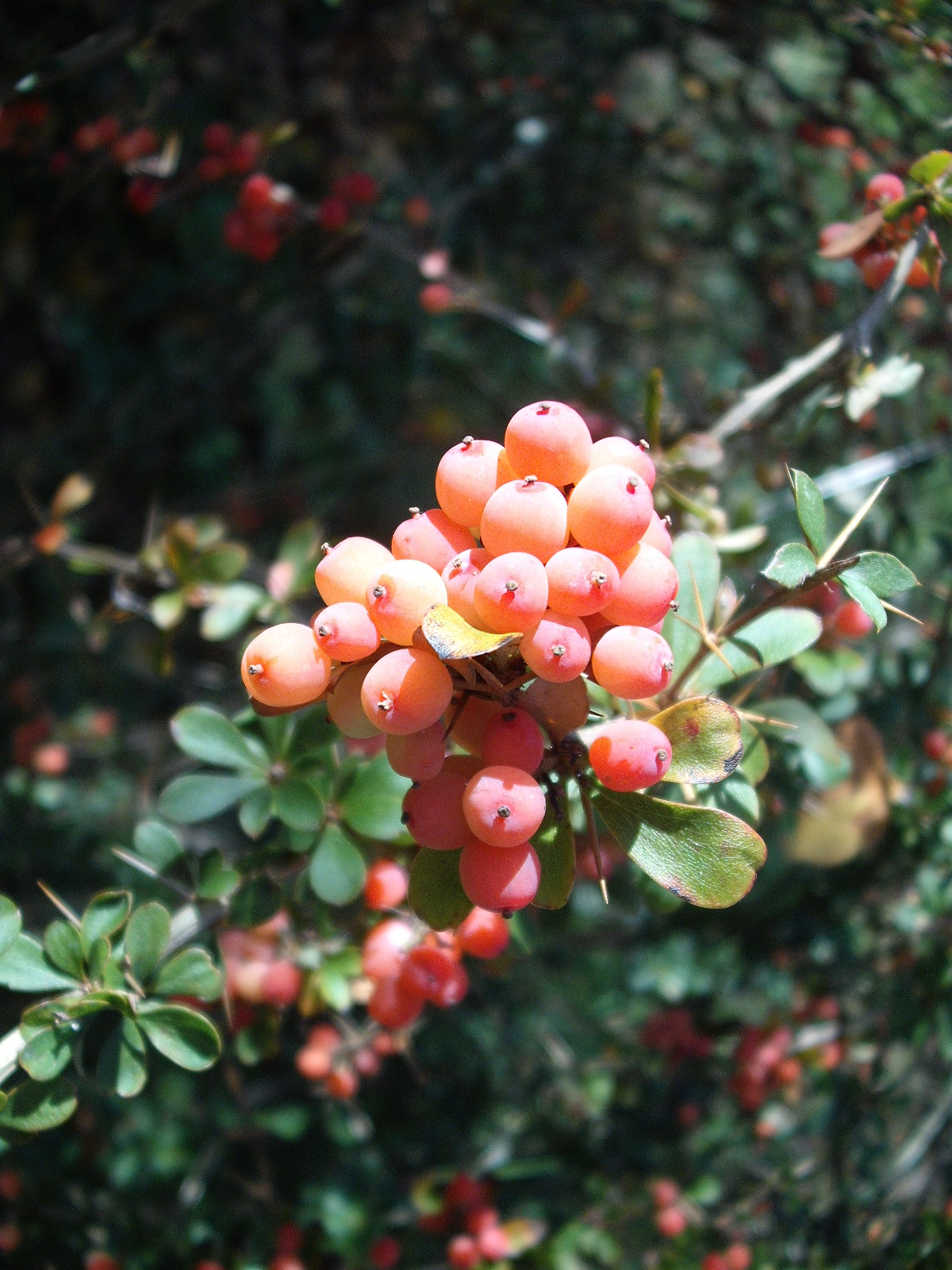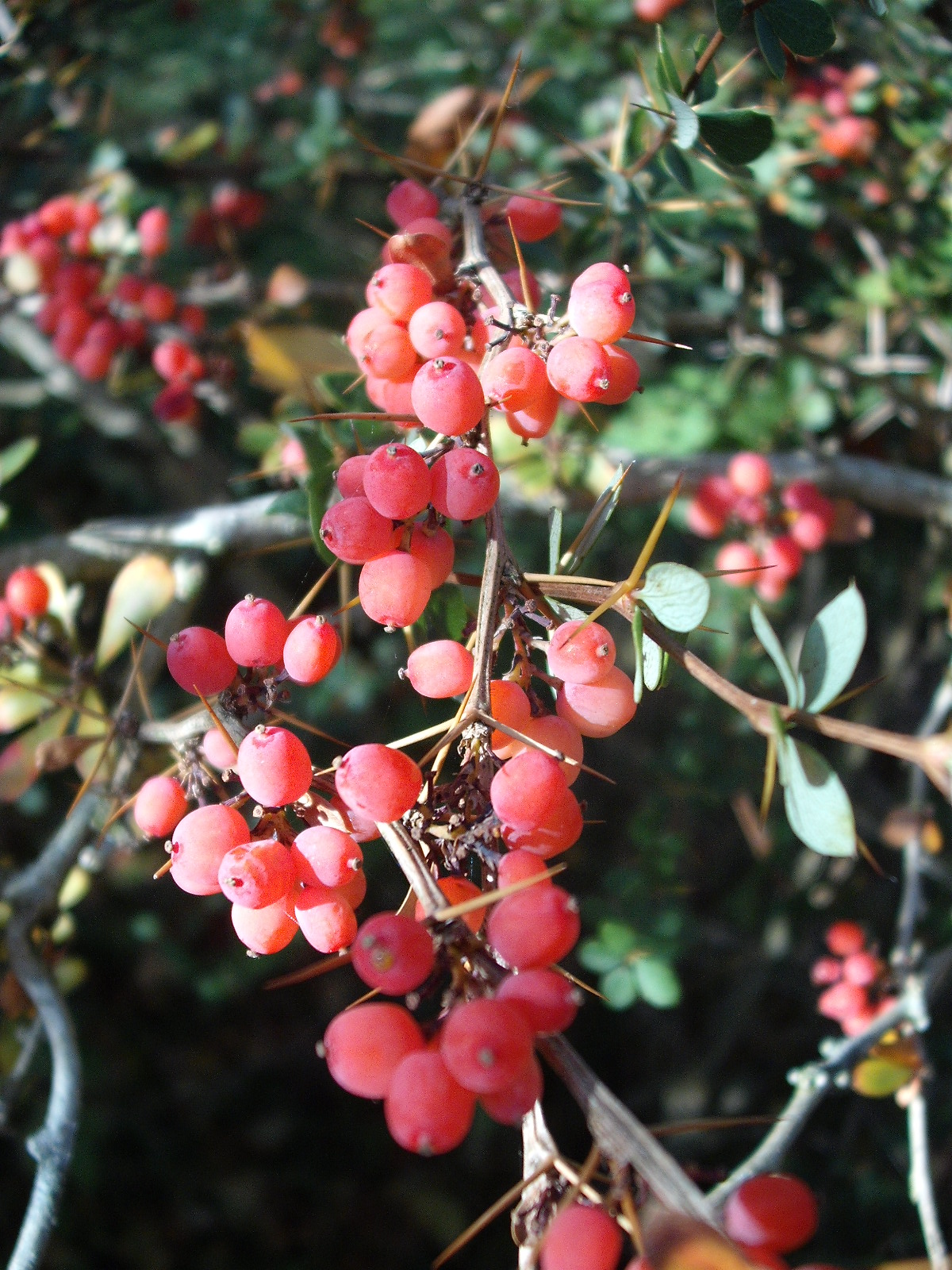Berberis aggregata
Credits
Article from Bean's Trees and Shrubs Hardy in the British Isles
Recommended citation
'Berberis aggregata' from the website Trees and Shrubs Online (treesandshrubsonline.
Genus
Synonyms
- B. geraldii Veitch
Infraspecifics
Other taxa in genus
- Berberis actinacantha
- Berberis aetnensis
- Berberis angulosa
- Berberis aristata
- Berberis asiatica
- Berberis atrocarpa
- Berberis beaniana
- Berberis bergmanniae
- Berberis buxifolia
- Berberis calliantha
- Berberis canadensis
- Berberis candidula
- Berberis × carminea
- Berberis chillanensis
- Berberis chrysosphaera
- Berberis comberi
- Berberis concinna
- Berberis coxii
- Berberis cretica
- Berberis darwinii
- Berberis dasystachya
- Berberis diaphana
- Berberis dictyoneura
- Berberis dictyophylla
- Berberis empetrifolia
- Berberis fendleri
- Berberis francisci-ferdinandii
- Berberis gagnepainii
- Berberis glaucocarpa
- Berberis gyalaica
- Berberis hakeoides
- Berberis heterophylla
- Berberis heteropoda
- Berberis hispanica
- Berberis hookeri
- Berberis hypokerina
- Berberis ilicifolia
- Berberis incrassata
- Berberis insignis
- Berberis jamesiana
- Berberis johannis
- Berberis julianae
- Berberis kawakamii
- Berberis koreana
- Berberis lecomtei
- Berberis lepidifolia
- Berberis linearifolia
- Berberis lycioides
- Berberis lycium
- Berberis manipurana
- Berberis mitifolia
- Berberis montana
- Berberis morrisonensis
- Berberis mucrifolia
- Berberis orthobotrys
- Berberis poiretii
- Berberis prattii
- Berberis pruinosa
- Berberis replicata
- Berberis × rubrostilla
- Berberis sanguinea
- Berberis sargentiana
- Berberis sibirica
- Berberis sieboldii
- Berberis silva-taroucana
- Berberis soulieana
- Berberis × stenophylla
- Berberis sublevis
- Berberis temolaica
- Berberis thunbergii
- Berberis tischleri
- Berberis triacanthophora
- Berberis tsarongensis
- Berberis umbellata
- Berberis valdiviana
- Berberis veitchii
- Berberis vernae
- Berberis verruculosa
- Berberis virescens
- Berberis vulgaris
- Berberis wardii
- Berberis wilsoniae
- Berberis yunnanensis
- Berberis zabeliana
A deciduous shrub 3 to 5 ft high; young shoots angular, minutely downy, armed with slender, three-pronged spines 1⁄3 to 1 in. long. Leaves clustered, obovate, 1⁄3 to 1 in. long, spiny-toothed (often only sparsely), the base cuneate, the apex rounded; rather glaucescent beneath. Flowers pale yellow, 1⁄4 in. across, densely packed in stalkless axillary panicles up to 11⁄2 in. long. Fruit roundish ovoid, nearly 1⁄4 in. long, red with a bloom. Bot. Mag., t. 8722.
Native of W. China, introduced by Wilson in 1908. It is an attractive species but has been largely displaced in gardens by its hybrid progeny (see B. × carminea and B. × rubrostilld). The seedling ‘Sibbertoft Coral’, with large clusters of bright red berries, is near to B. aggregata in its botanical characters.
For B. aggregata var. prattii and var. recurvata, see B. prattii.


